Luxury brands excel at storytelling, creating narratives that tap into their customers’ aspirations. Their language is carefully selected to convey product features, the brand’s unique heritage, and exceptional quality. Each word serves a purpose: to invite customers into an exclusive world where excellence is the standard.
Let’s explore how successful premium brands craft their communication strategies.
Why consistency in luxury brands is important
Every interaction with a luxury brand should reinforce its premium positioning. Whether it’s website copy, social media posts, or product descriptions, the language needs to maintain a consistent tone that reflects the brand’s values.
Consider how Cartier’s communication always emphasizes heritage and craftsmanship, or how Burberry consistently weaves its British identity into its messaging.
Key elements of luxury brand communication
The way luxury brands communicate sets them apart from mass-market competitors. Understanding and defining your target audience is crucial in developing effective luxury communications.
Understand your target audience
Luxury brands must deeply understand their audience’s aspirations, preferences, and lifestyles. This knowledge shapes every aspect of communication, from vocabulary choice to message timing.
For instance, a luxury watch brand might adjust its tone when speaking to young tech entrepreneurs versus established collectors.
Evoke emotions through words
Effective luxury copy creates a sensory experience through descriptive language. Rather than simply listing features, premium brands use words to evoke desire by helping customers imagine how a product feels, smells, and sounds.
This sensory-rich language, also known as sensory marketing, transforms a simple product description into an immersive experience.
For instance, Hermès strategically incorporates signature scents in their flagship stores, recognizing that distinct aromas enhance the emotional connection between customers and the brand.
Their success with sensory marketing demonstrates how engaging multiple senses—through physical experiences or evocative descriptions—creates a more compelling luxury environment.
Create exclusivity
Luxury brands understand that perceived scarcity significantly increases desire among consumers. They often employ words such as “limited collection,” “exclusive release,” or “by appointment only” to create a sense of belonging to an elite club, where access is limited and highly coveted.
Hermès exemplifies this approach with their Birkin bags, which maintain legendary status despite the brand’s choice to never explicitly advertise them. By fostering an air of mystery and exclusivity, Hermès ensures that their products remain highly desirable and sought-after in the luxury market.
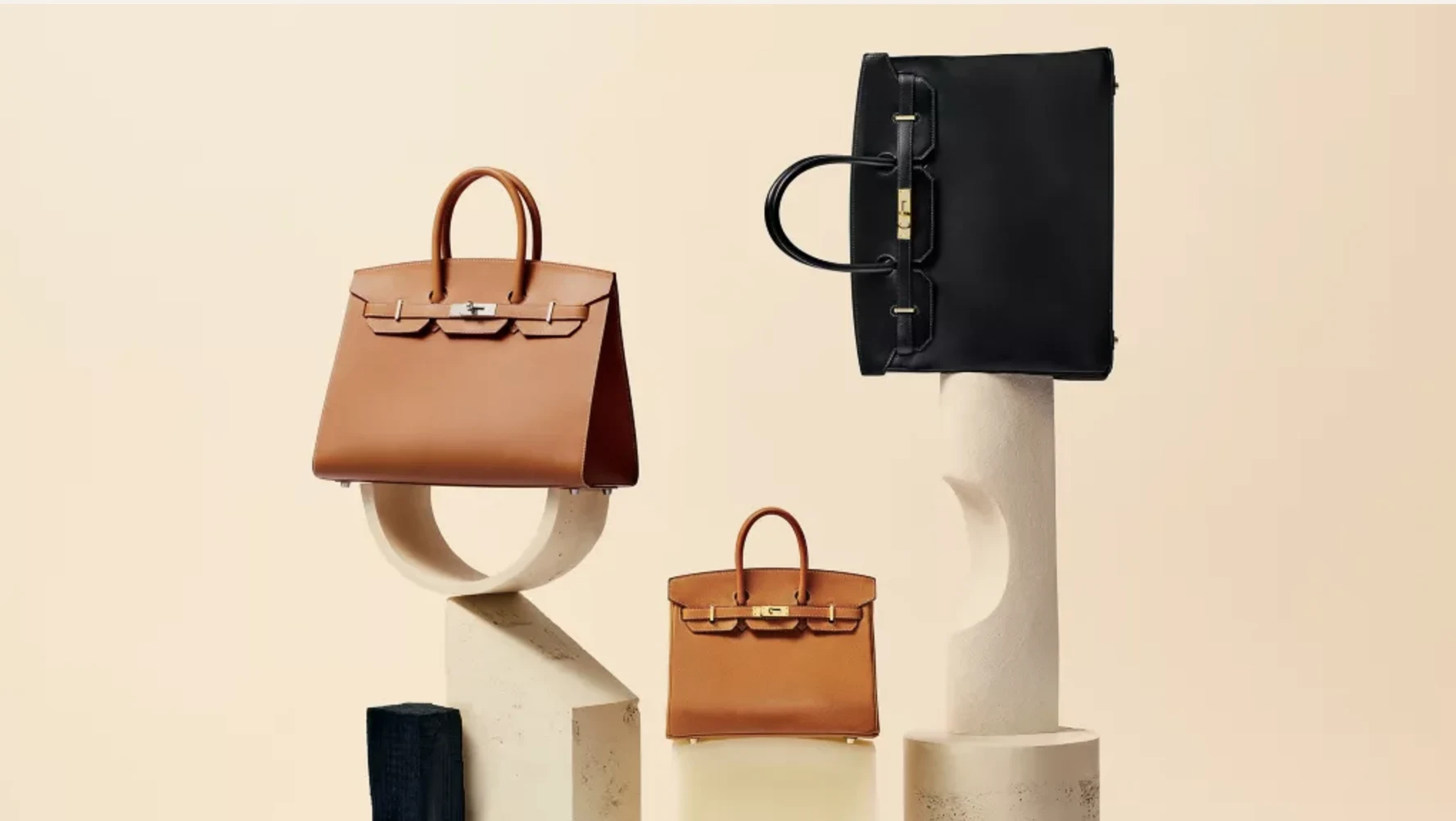
Use refined communication
The best luxury brands communicate with purpose and precision. Each word serves a specific role, avoiding unnecessary elaboration.
Think of how Apple’s premium product descriptions use clean, precise language that mirrors their design philosophy. Even their stores portray that simplicity yet high-end touches, creating an environment that reflects the brand’s commitment to elegance and innovation.
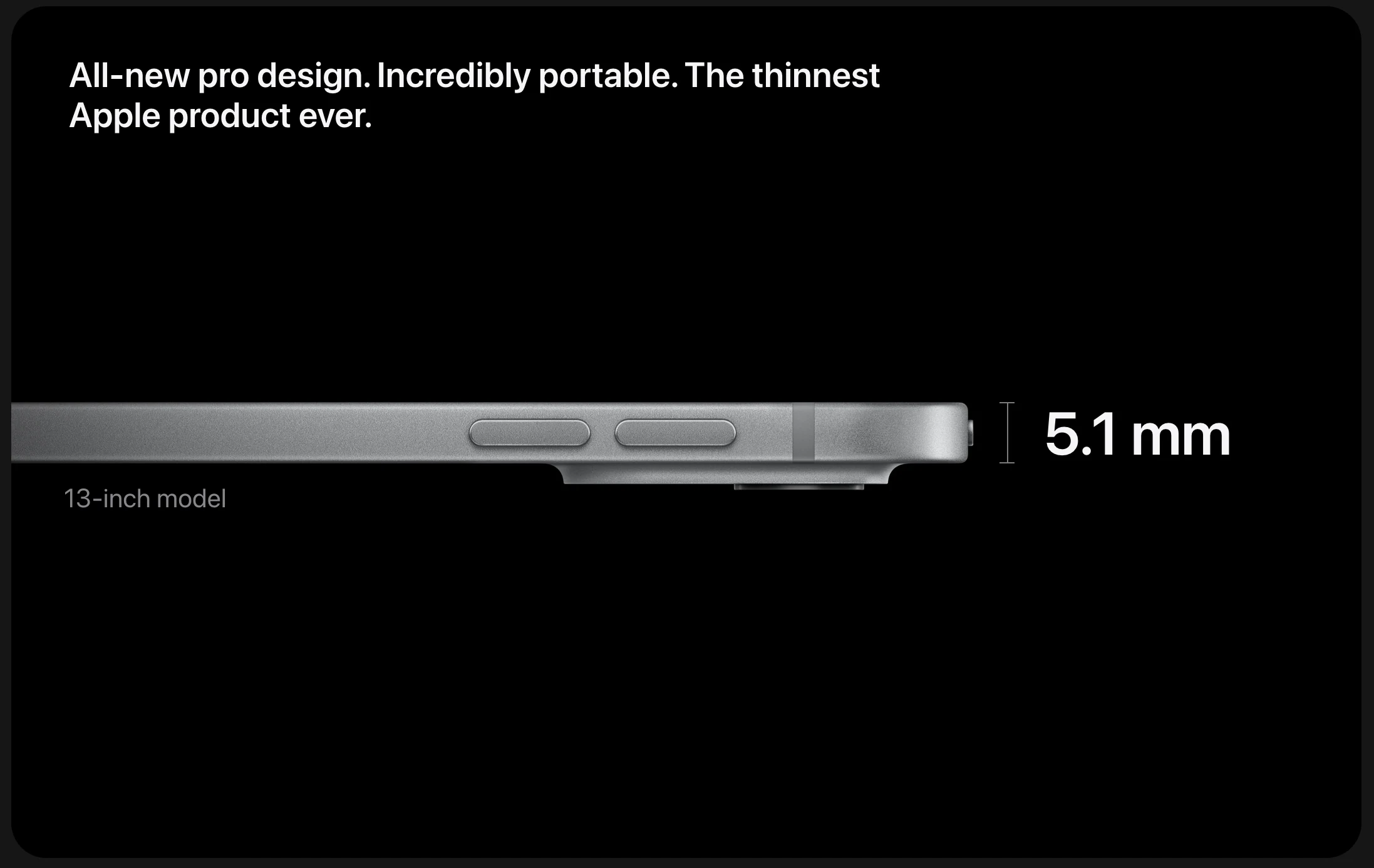
Resonate with your international audiences
Successful luxury brands adapt their message to different markets while maintaining their core identity. They understand that cultural nuances and local preferences can significantly impact how their brand is perceived.
For instance, Gucci skillfully balances its Italian heritage with locally relevant communications in various markets. By tailoring their messaging to resonate with regional audiences, they ensure their brand remains relatable and desirable across different cultures.
This approach not only strengthens brand loyalty but also expands their reach in the global luxury market, allowing them to connect with a diverse range of consumers while maintaining their prestigious status.
Maintaining brand authenticity
Authenticity in luxury branding means staying true to the brand’s heritage and values while evolving. This involves maintaining consistency in tone across all platforms while ensuring messages feel genuine rather than forced.
For example, Dior consistently references their historical savoir-faire while connecting it to contemporary fashion, showing how luxury brands can honor their heritage without feeling outdated.
The key is finding natural ways to connect traditional brand values with modern customer expectations across all communication channels. This is achieved through clear communication guidelines that define the brand’s voice while allowing flexibility to adapt to different contexts.
Successful luxury branding examples
Let’s examine how some of the world’s most prestigious brands have established and maintained their luxury positioning through strategic communication.
1. Rolls-Royce: The power of understatement
Rolls-Royce rarely speaks about luxury explicitly. Instead, they focus on craftsmanship and engineering excellence.
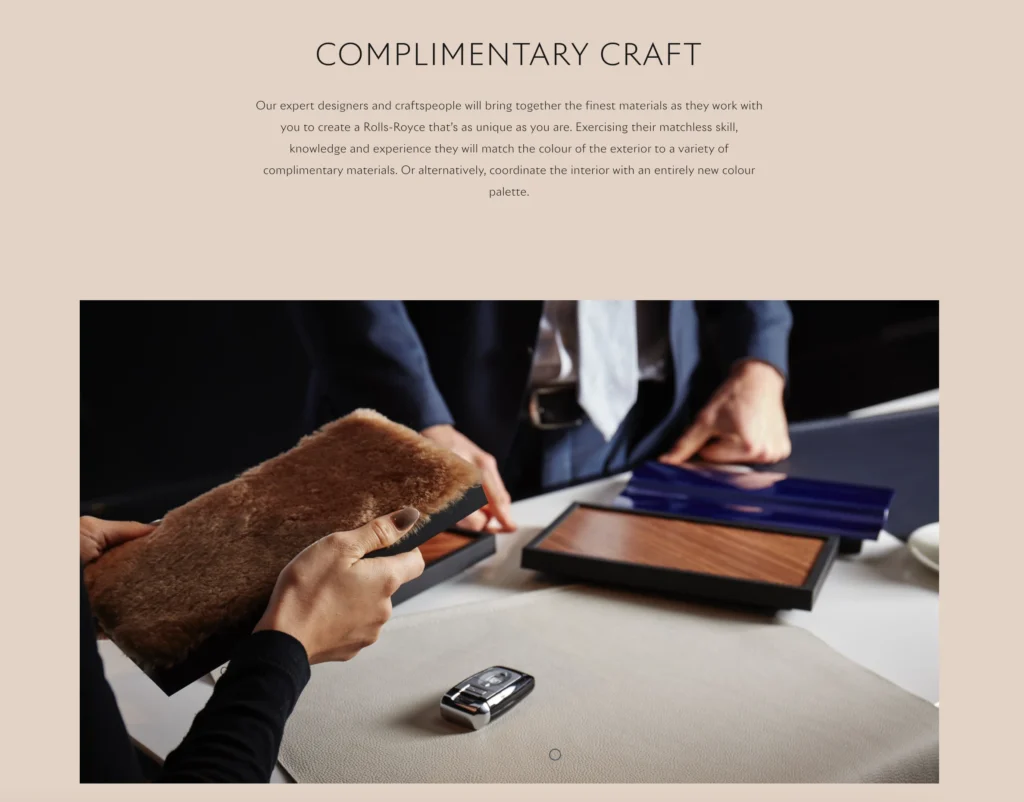
Their communication style emphasizes the brand’s heritage while highlighting technological innovation. Their famous slogan, “The quality remains long after the price is forgotten,” exemplifies their sophisticated approach to luxury messaging.
2. Louis Vuitton: Heritage meets contemporary
Louis Vuitton masterfully balances its 160-year heritage with contemporary relevance. Their communication strategy emphasizes their history of craftsmanship while collaborating with modern artists and designers, like Takashi Murakami.
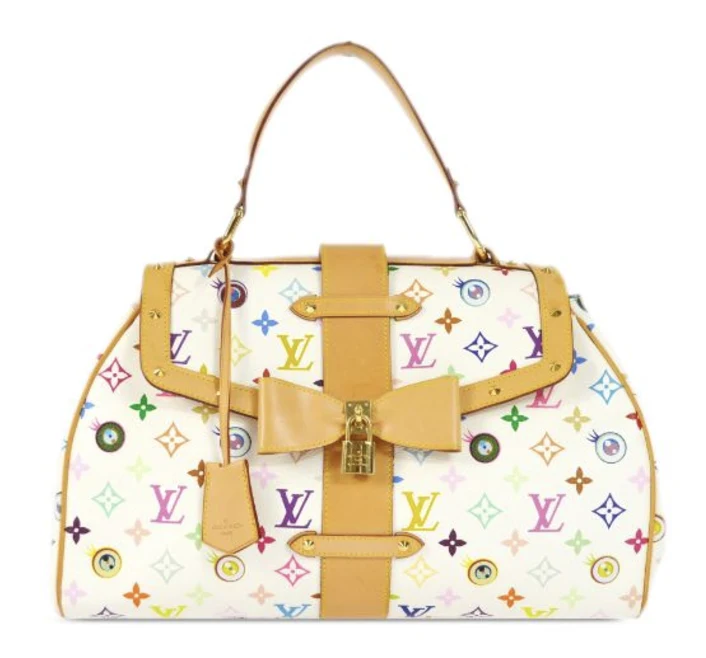
They’ve maintained their luxury status by consistently communicating exclusivity while making their brand relevant to new generations.
3. Tiffany & Co: The art of storytelling
Tiffany & Co. has built its luxury status through emotional storytelling. Their communication focuses on significant life moments, making their jewelry more than just accessories. The brand’s signature blue box has become a symbol of luxury through consistent messaging about love and celebration.
Their 2018 “Believe in Dreams” campaign perfectly exemplifies this approach. They connected their historic legacy with contemporary culture by reimagining Audrey Hepburn’s iconic “Breakfast at Tiffany’s” scene with Elle Fanning.
The campaign mixed nostalgia with modern energy, featuring both classic piano and hip-hop music elements. This creative blend of past and present reinforced Tiffany’s position as a timeless yet relevant luxury brand while staying true to their storytelling heritage.
4. Tesla: Redefining luxury for the Modern Era
While newer to the luxury space, Tesla has established itself as a premium brand by focusing on innovation and exclusivity.
Their communication strategy emphasizes technological leadership and environmental consciousness, appealing to a new generation of luxury consumers who value innovation and sustainability alongside traditional luxury attributes.
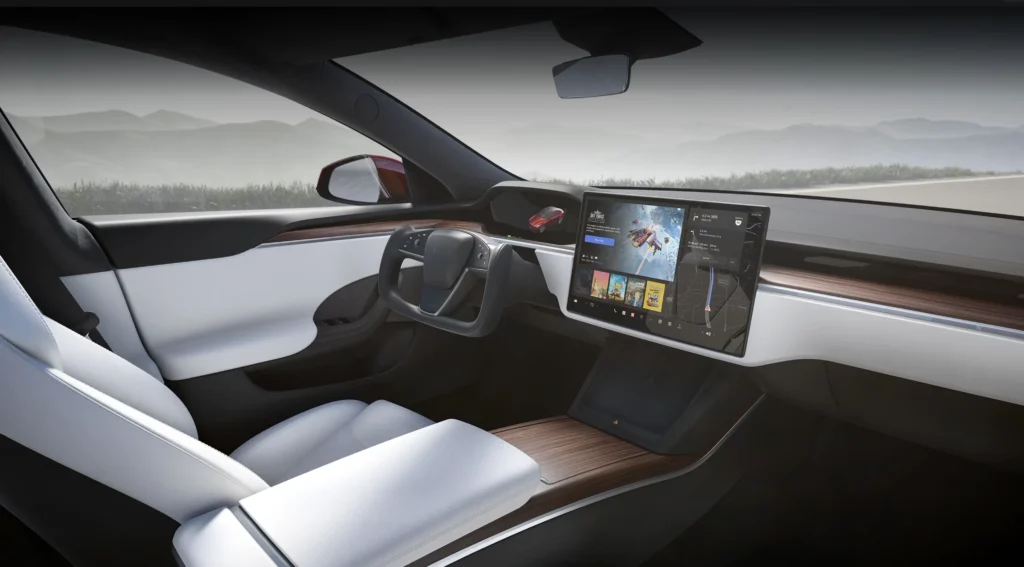
Words associated with luxury brands
Here’s a table of effective words for luxury brand communication, perfect for when you’re unsure of which words to choose:
|
Emotion/Value |
Words |
|
Exclusivity |
Elite, Bespoke, Limited-Edition, Private, Rare, Selective, Distinguished |
|
Elegance |
Refined, Sophisticated, Graceful, Polished, Luxurious, Exquisite |
|
Timelessness |
Eternal, Enduring, Classic, Iconic, Perpetual, Everlasting |
|
Heritage |
Legacy, Traditional, Established, Time-honored, Historical, Ancestral |
|
Prestige |
Distinguished, Esteemed, Renowned, Acclaimed, Prestigious, Notable |
|
Craftsmanship |
Artisanal, Meticulous, Masterful, Hand-finished, Precision-made |
|
Innovation |
Pioneering, Cutting-edge, Revolutionary, Advanced, Visionary |
|
Authenticity |
Genuine, Unparalleled, Pure, Original, Quintessential |
|
Quality |
Exceptional, Pristine, Superior, Immaculate, Flawless |
|
Experience |
Curated, Tailored, Personal, Extraordinary, Transcendent |
|
Rarity |
One-of-a-kind, Unique, Singular, Distinct, Exceptional |
|
Excellence |
Masterpiece, Perfection, Supreme, Exemplary, Pinnacle |
Modern values and the future of luxury language
The luxury market is experiencing a significant transformation. While crafting an elegant brand story remains crucial, today’s consumers demand more than just prestige and exclusivity.
Modern luxury brands must adapt their communication to reflect:
- Sustainability and ethical practices
- Innovation and technology integration
- Authentic personal connections
- Social responsibility
Success in today’s luxury market requires mastering this balance: maintaining traditional luxury while embracing contemporary values.
Brands that combine carefully chosen words, consistent messaging, and modern consciousness will continue to thrive and build lasting connections with their audiences.




